How does Android feel without Google?
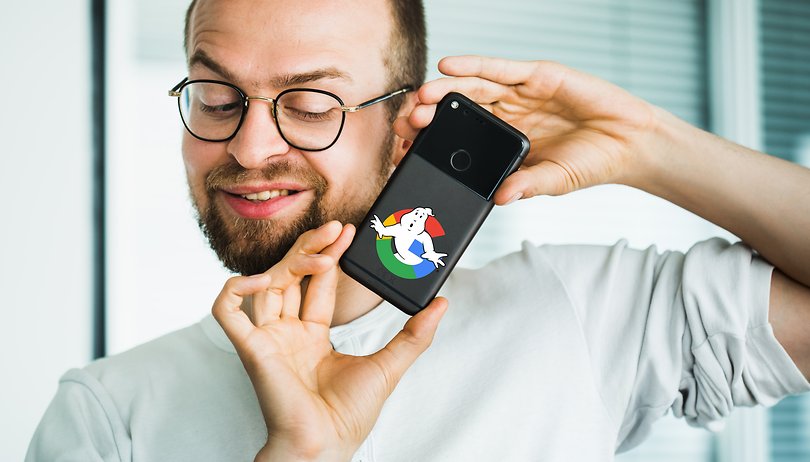

The end of Google support for Huawei smartphones puts an old question in a new light: What remains of Android if you remove Google services? I used Android without Google for a while and was satisfied with the result. There are alternatives for most Google services. Although you do have to accept some compromises in terms of user-friendliness, you regain a large slice of privacy.
Besides the open source operating system kernel of Android, Google also takes care of dozens of non-open source components. However, these have a profound influence on the functionality of a typical Android smartphone. So if you rip Android away from the Google part, as is soon to happen with Huawei devices, the user experience changes noticeably. But it also conceals a great opportunity.
With examples, I would like to show you how Android feels without Google and that many Google components can be replaced. Other components and services, on the other hand, would have to be newly developed by Huawei.
To the section
- Android without Google: What remains
- Google's Android: These components are missing
- The test system: What can be replaced and how?
- The bottom line
Android without Google: What is left?
Common to all Android-based devices, whether with or without Google components, is the open source core from the Android Open Source Project. This represents a unified interface between hardware and software and makes Android apps run on Android smartphones.
A slightly outdated infographic from the Fairphone Open Project indicates (in green) the open source bits of an Android system. Blue components are usually supplied by third-party suppliers as closed source packages. The red parts are the said Google services; also closed source and deeply anchored in the system.
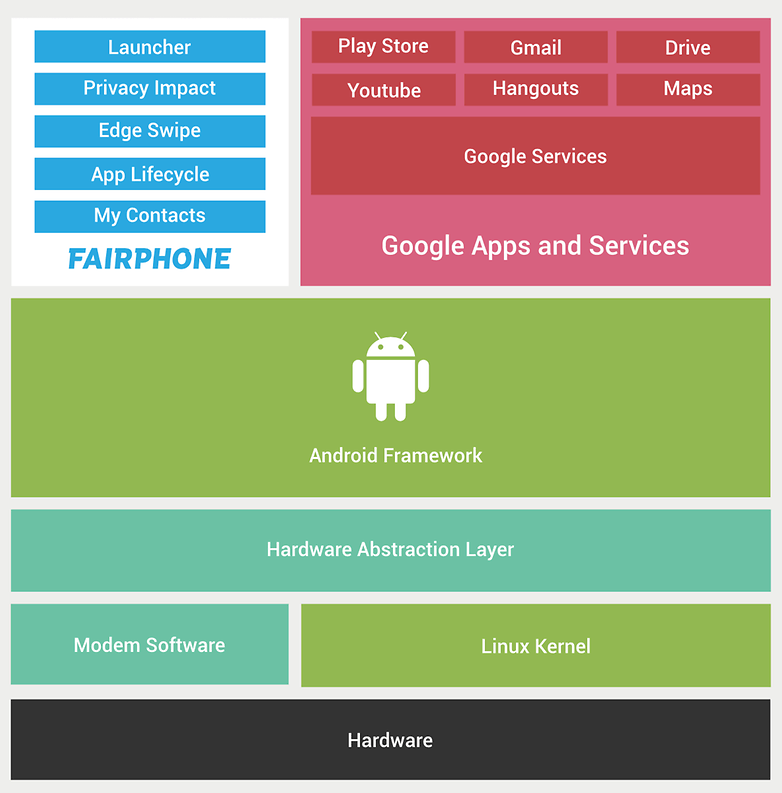
Pure AOSP-Android cannot be easily installed on a smartphone. The source code must first be compiled for the hardware of the target device and equipped with the appropriate modem components. Fortunately, the network is full of volunteers who do this for us and provide corresponding builds under names like "Lineage OS" for free. More about that later.
Google's Android: What is missing?
Over the years, Google has severely undermined the core of the once openly conceived Android. Important functions such as site services, the notification system and theft protection are not or only rudimentarily available in AOSP. This is annoying because some apps crash or do not start at all without those services.
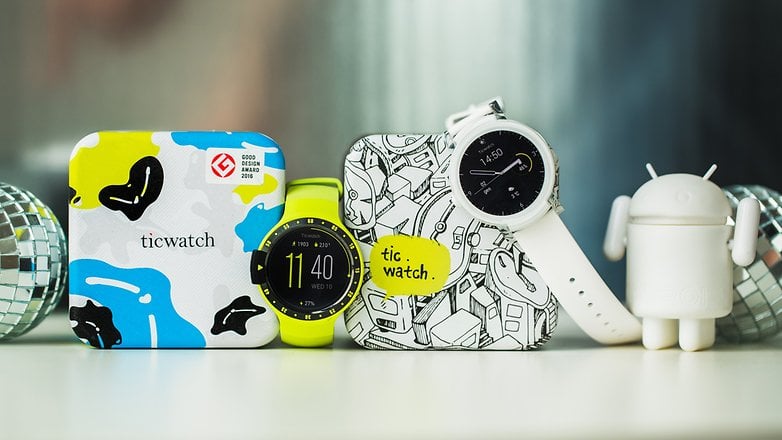
Also, features like Google Cast or a connection to a WearOS watch is no longer possible without Google components. In addition, important apps such as Maps (also for displaying maps in third-party apps) or a source of apps such as the Play Store is missing, which is much more obvious. I will show you in the next section how both can be replaced.
First of all, it should be mentioned here that the lack of Google apps also has positive effects. An AOSP smartphone also lacks all of Google's tracking and advertising services. From a data protection point of view, Android without Google is a significant gain in privacy.
The test system: What can be replaced and how?
This time, a OnePlus 5 was used for my new test of Android without Google. I set it up it with Lineage OS for microG, which last ran with Android Pie on a patch from May 2019.
The operating system is available for almost 200 smartphones and combines the above-mentioned builds with the microG package and the F-Droid app source. The installation is done via TWRP (external link) after unlocking the bootloader on the smartphone. All this can be done with the smartphones of most manufacturers, but you'll probably lose your warranty.
Further sections
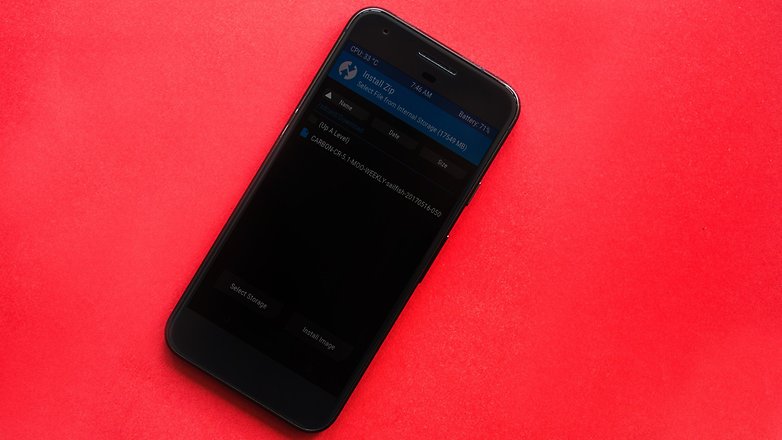
As soon as you boot up the OS, the difference is noticeable. Without Google services you connect to the Wi-Fi, search Android for system updates, set a display lock set up and then simply go into the main screen. Long pages of terms of use, activating numerous site services or logging into Google Accounts and the like are omitted. It's a bit like old times.
Find, download, and install apps
First, I open the Play Store replacement F-Droid, which - without logging in - updates its package source. Then I have several thousand apps to choose from, which is considerably less than on the Play Store. The advantage is that they are all free of charge, open source, and free of advertising.
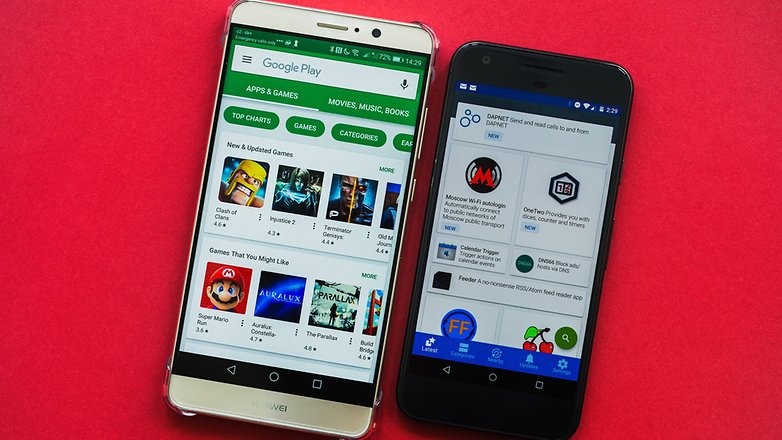
Many apps not available there can be downloaded in the Yalp Store. There are closed-source services such as Slack, Skype, ProtonMail and many others. The Yalp Store is like a kind of like a back door in the Play Store and uses a fake account. Unfortunately, only free apps can be downloaded. For example, I would have had to buy Threema for a complete test outside of the Play Store on the Threema website and download it there.
If Huawei is no longer allowed to pre-install the Play Store, you can count on an official manufacturer app store in addition to the alternatives mentioned above. Huawei has been running an app store in China for quite some time now and there is also a rumor that it will be coming to Europe.
One problem is maintenance-free app updates in the background. While the Play Store was allowed to install and update apps in the background without asking questions thanks to its privileges, this is not possible with the independent app sources. The modified F-Droid version of the tested Lineage OS version allows maintenance-free updates, but not the Yalp Store. It will ask you again for each app if you want to install it. And if an app is available in more than one of your app stores, there may even be conflicts with updates.
What works
Android is pleasingly fast without Google Services. And thanks to the pre-configured F-Droid and after setting up the Yalp store, I installed most of the apps I use within minutes. First, a table for a quick overview:
Apps available in Android without Google
| App | Alternative / Source |
|---|---|
| Google Calendar | Calendar, Nextcloud |
| Google Device Manager | Cerberus |
| DB Navigator | Yalp Store |
| BVG Info | Yalp Store |
| Google Maps | MAPS.ME, OsmAnd; F-Droid or HERE WeGo, Yalp Store |
| Gmail | Protonmail, Yalp Store |
| LastPass | Yalp Store |
| YouTube | NewPipe, F-Droid |
| ING Online Banking | Yalp Store |
| Telegram | F-Droid variant without GMS |
| DriveNow / MultiCity / Free2Move | Yalp Store |
My biggest concerns were with notification-intensive apps like Telegram or location-dependent apps like DriveNow and BVG Fahrinfo (for public transport). F-Droid variants of the apps are usually not dependent on Google. Yalp store applications, on the other hand, can avoid the replacement interfaces of the microG framework without additional configuration. I'm thrilled.
What does not (yet) work, and offers opportunities for Huawei
Even though almost all apps launch, they don't always work perfectly. For example, ING Banking displays an error message when I want to activate push notifications. Apparently, there are difficulties with the cloud messaging implementation of microG declared as "fully functional". Similar errors are reported by users on GitHub.
The most important shortcoming for me is the lack of synchronization and backup of emails, calendar events, contacts, photos and the like. There are many things you have to take care of yourself on Android without Google. While I was able to circumvent many of these functions with a NextCloud server that I operated myself, the synchronization app DAVx5 and ProtonMail, a more casual, hands-off user lacks a simpler alternative.
Huawei would have to offer a kind of migration assistant that would take over Google services such as calendars, contacts, emails and, most importantly, the theft protection of the smartphone on Huawei servers. The manufacturer has already used several of these services for its Chinese customers who cannot use Google in their country for some other reason. Models sold in Europe show signs of corresponding Huawei cloud services, which, however, played a subordinate role. Maybe that'll change soon.
Smart home becomes easiest with Amazon and Alexa
If you use Android without Google, even with the microG framework, Google Cast devices are invisible to your smartphone. In general, it is easier using Amazon's Alexa to manage your smart home setup. And if you want to completely renounce the controversial data companies, perhaps a third-party solution like Athom Homey is an alternative for you.
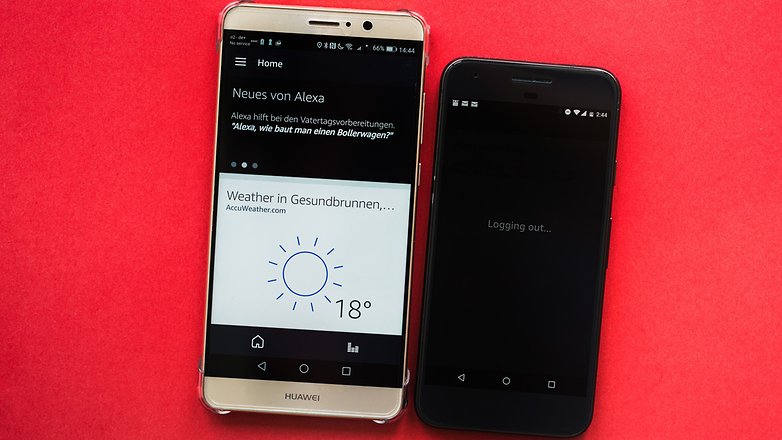
Find my smartphone
Theft protection without Google is also tricky. Cerberus serves as a good alternative to the otherwise existing device manager, even if you have to pay for the service once. Then you can theoretically control your smartphone remotely via SMS or the Internet, retrieve its last location, take selfies of a thief and send them to a specified email address, lock the device, delete data and more.
Huawei could also offer such a service, as Samsung has already done with FindMyMobile. Personally, I would also be happy about a self-hosted alternative that I can ideally set up as a NextCloud app. A related project called Open DeviceManager is currently dead. The FindMyPhone F-Droid app answers an SMS or email with the GPS coordinates of your smartphone.
The bottom line
The dependence of the Android ecosystem on Google and its services is evident on two levels, but both of these problems can be solved. LineageOS for microG proves that existing Play Store apps can run without adaptation despite the lack of Google services. Your dependence on Google services can be overcome.
Basic features such as theft protection, synchronizing appointments, contacts or emails, and backups of photos present Google dropouts with a greater challenge. You need to look for alternatives, whether through third-party vendors or through your own server.
Huawei could, however, make a good start on all these issues. It only has to provide the infrastructure for millions of customers in the short term. And they must also be willing to migrate their data from a data giant in the USA to a company no doubt in China.






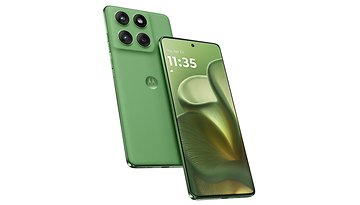






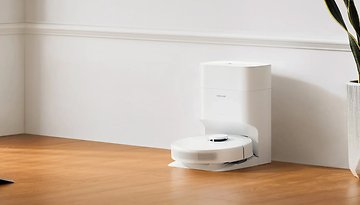


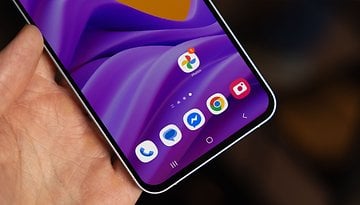
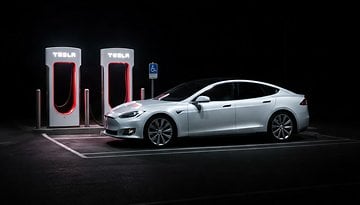


my 1st android smart phone did not come with google, so i am used to not having google. i used android without google for 10 yrs. i never really cared. i never used the gmail app, so i dont even know the advantage. i just use the stock android email app. at the same time i never used chrome. my phone came with uc browser. but ive seen phones with opera that does the same thing. as far as maps go, china has 3 major mapping apps that are the equivalent of google maps. no chinese phone comes with google. china also has a few major cloud services. it seems like each cell phone company has their own cloud. huawei has theirs, and so does meizu. almost all chinese apps come with an apk file on the official site similar to how if you go to the firefox website, theyll give you an exe. so if you go on the qq site, then you get a qq.apk file. china also has a very popular app store, yingyongbao. what i like about that is you dont need to sign up for anything to use it, unlike google play where you must sign up with google. instead of youtube, they have youku. instead of gmail, they have qqmail, sina mail, 163 mail, all of them have their own apps. most chinese phones like xiaomi come with their own calendar, so they dont need the google one. it does feel rather free to be without the google services, especially since you are NOT allowed to delete the google apps in the west. if someone wants an app, they should download it and install it the way you do on windows. apps should not be imposed upon you. what i liked about the chinese apps is none of them require google services framework. in the west, alot of popular apps will require google services frame work to load. the last chinese phone i had was rooted from the begining, allowing me to control all the traffic. in other words, google play store couldnt download things without my permision the way they do on western phones. it wasnt til i came to the west that i realized how restrictive google was. i was surprised to see the phones in the west ONLY had google calendars, while the manufacturer itself did not provide an alternative version. i was so used to manufacturers in china having their own calendars.
How does it feel like? := absolutely wonderful, been feeling it for a period of a few years now. Thanks google, you done a wonderful job open sourcing such an excellent mobile OS. I do not need however your bothering (on many levels) services, I strongly prefer the wonderful and liberating sensation of freedom instead.
Question for the author and the savvy commenters:
Is google play services necessary to maps apps, even open ones like maps.me?
I have a Huawei, as Jerry's W. wrote it's not possible to unlock the bootloader.
I used package names to understand which google packages I wanted to remove, and I used the "pm uninstall -k --user 0 package-name" command from "adb shell" to remove those.
When I install maps.me (from yalp) or maps (from fdroid), these apps crash on loading. I see from yalp that maps.me requests google play services.
Is there a workaround?
lineage cant be installed in huawei because huawei locked the bootloader so TWRP cant be installed
If you can buy a smartphone on Amazon that has Alexa built in (vs Google's A.I.), then you are already using a smartphone without Google (in my opinion) .... provided you are going to go the extra mile and not use a Google browser (Chrome), Google app store (Google Play), etc.
I have a feeling articles like this will get way more hits since Google has to ban updates to Huawei. I've just got my P Smart and I love it. I can't afford another type phone. I really hope Huawei develop their own OS that operates similarly or better than Google.
I hope it's like OnePlus (I will give thanks to CyanogenMod , even though they went belly up or their own faults) but that still requires having access to Android OS .... it's just one of the better smartphone experiences I've had (so much customization available).
Thanks for this article bro. But unlike some of y'all people who do this for "fun" , some of us liberate ourselves from google is because we dont have a choices. You see, those bloat google apps is consuming resources on our low end phones thus makin it snailed day by day. So we have to get rid of google especially that google play service crap. Sorry for my poor english but im sure you get what i mean. Once again,thqnks for this article. Barakallah. :)
Today I instaled a AOSP Nougat rom without gapps on my Xperia SP and it turned into new blazing fast phone, i know i'm losing Uber and some bank apps but I'm not really needing now
for me it's the bandwith. google play store on my low end phone will download things on its own, and use 50+megs without my consent. and thats set by default.
AND we have a choice to use open source platform from Jolla(.com) - Sailship OS.
I've used, for as long as I remember, my own server to sync contacts to and from. I run a Nextcloud install (previously Owncloud) and use DavDroid to sync my stuff.
Same with files and calendar: they get synced to that same server.
Setup might be a bit of an initial chore, but to know that one is truly free of Google has it's advantages
Seems to me, having read this article, that the only way to be free of the "big boys" (Apple and Google) is 1. To ditch the smart phone in favour of an "old fashioned" standard phone that is *only* a phone and 2. use Linux as the O/S on your desktop and/or Laptop. Also avoid Twitter, Facebook and Social networking generally if you value your right to privacy. Perhaps, better still, ditch the computing world altogether and make the return to the paper-based world of books to read notepads, for note keeping and paper diaries for remembering events and meetings etc. We are all becoming (no, we are) the victims of corporate manipulation and invasion of privacy. The answer lies in our own hands to stop using their products, but how many people will actually do that. How many people are even aware of the fact that they are being manipulated and monitored ?
thats not true. all domestic chinese phones (opo, meizu, vivo) do not have google by default. no google services framework or anything
Breaking the ties to google services when you've been using them for years is quite the chore. In my opinion that's not time that I have. But it at least it's easier than trying to break the ties in iOS where you can't remove Apple's apps.
Ok... i need that sticker on the back of the phone. Where did you manage to find that??
So, I'm no prude, but that's a questionable background to use on that phone image. I had to scroll past quickly as it's NSFW.
Well it is Art, and not exactly porn-like, is it? ;)
I certainly don't consider it porn - but I can't keep it on screen at work. It's not like it's one of the masters' classics. And I likely couldn't keep those on-screen either.
We will consider that next time ;)